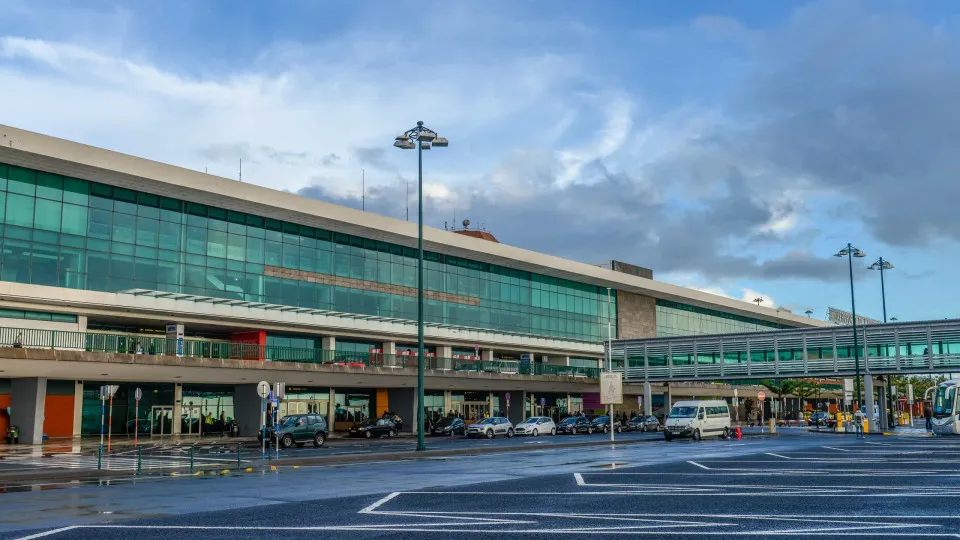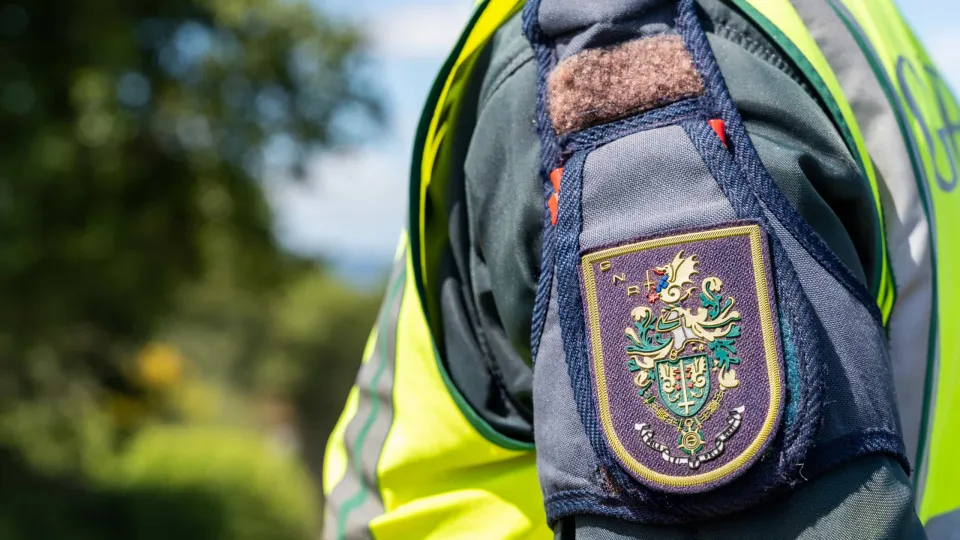The joint initiative by the Municipality of Coimbra and the University of Coimbra will traverse the spaces of Convento São Francisco and the Gil Vicente Academic Theater (TAGV) with shows, workshops, seminars, and performances that place movement at the heart of artistic expression,” highlighted the Coimbra City Council in a statement.
The festival ‘Abril Dança Coimbra’ will take place from April 1 to 30.
Contacted by Lusa agency, the artistic director of Teatrão, Isabel Craveiro, indicated that “this year, the conditions for Teatrão’s participation are not met.”
Meanwhile, Pedro Rodrigues from Escola da Noite confirmed only that they are not co-organizers of the event this year.
The Coimbra City Council clarified that the future of this festival is being reconsidered, “especially regarding the possibility of having a curator or an artistic director,” as well as the potential to become biennial, “from the perspective of greater internationalization and a more significant investment from the structures.”
“In this festival redesign phase, the four entities involved are: the Municipality through Convento São Francisco, TAGV through the University of Coimbra, as well as Teatrão and Escola da Noite. However, since it was not possible, for this edition, to reach that format yet, we sought to return to the original format, that is, the format in which programming is defined via Convento São Francisco and TAGV,” it was explained.
According to the municipality, if the festival becomes biennial, “the Rampa project will remain annual and, both TAGV and Convento São Francisco, will maintain the contemporary dance program in Abril Dança.”
The opening of the ‘Abril Dança Coimbra’ festival will take place on the morning of April 1 at TAGV with “Um Ponto que Dança,” by Sara Anjo.
This interactive moment, which includes a staged reading and workshop, invites children and families to explore movement.
On the afternoon of the same day, Companhia Paulo Ribeiro will present “Maurice Accompagné — Miroirs,” inspired by the music of Maurice Ravel, at Convento São Francisco.
The relationship between body and memory will also be highlighted in the exhibition “Salto Imenso,” a co-organization with the Associação Há Baixa, which reflects on the representation of disability in art and can be visited from April 5 to June 15.
Another highlight is “GABO,” a creation by Patrick Murys for the company Dançando com a Diferença, on April 6, at Convento São Francisco.
On April 9 and 10, Spanish artist Javier Martín will conduct “SOMA (Laboratory),” a theoretical-practical immersion in kinesthetic perception, exploring the relationship between body and image.
On April 11, at TAGV, Martín will present “O Punto Impróprio A/S/V,” a performance that mixes movement, sound, and image in real-time, questioning identity and perception.
The dance will also assume a socio-political dimension with “Terra Longe,” on April 21, at TAGV, directed by Júlia Vilhena.
For those interested in the history of dance in Portugal, on April 12, the seminar “What Can, After All, Be a New Dance?”; and the release of the book “dança não dança,” will bring an academic reflection on the transformations of new Portuguese dance.
On the same day, Carlota Lagido will revisit the performance “notforgetnotforgive,” a manifesto on memory and identity.
On World Dance Day, April 29, the public presentation of a creation as part of RAMPA.2 will take place, a formative and creative project that brings together 16 dancers from various parts of the country under the direction of choreographer and dancer Margarida Belo da Costa.




